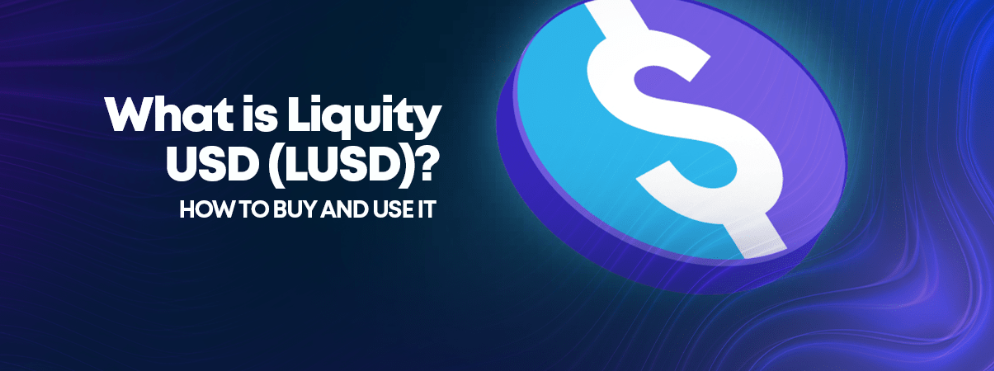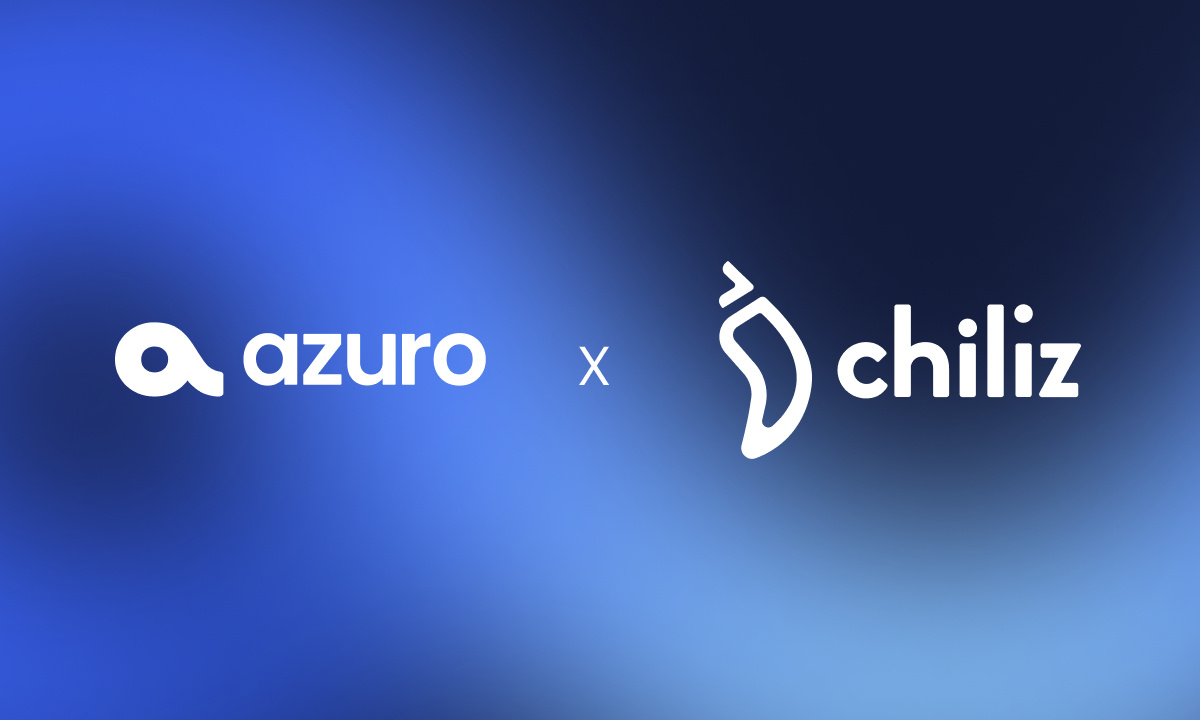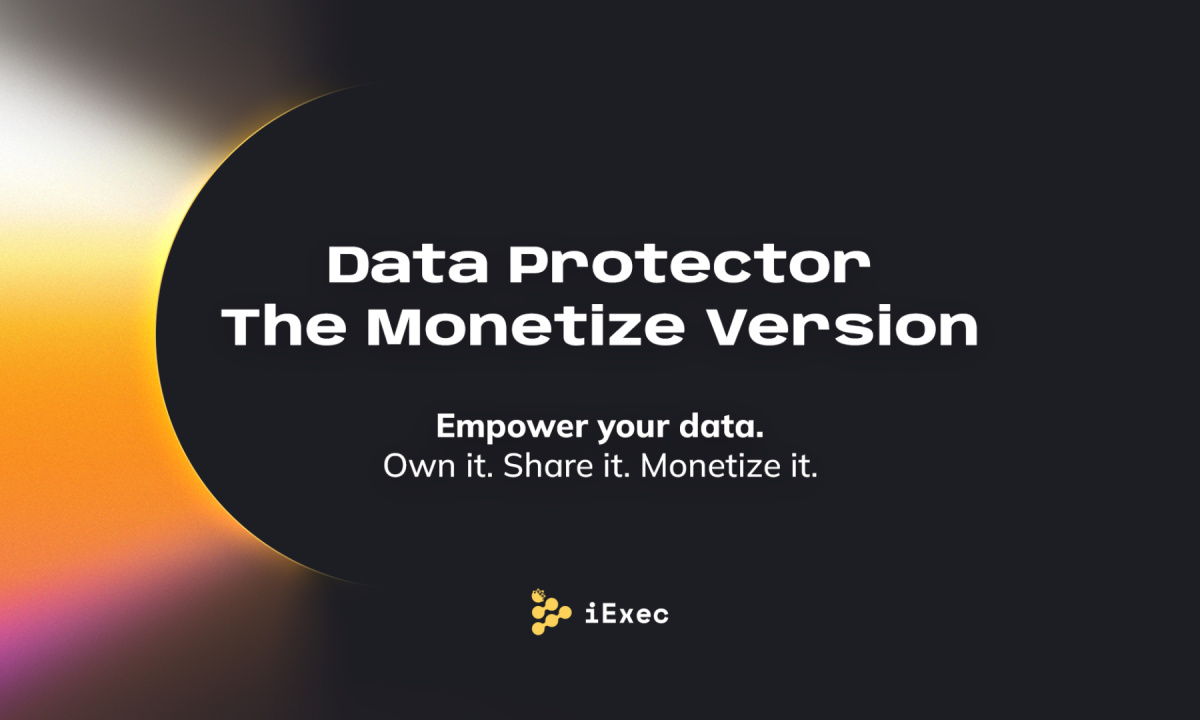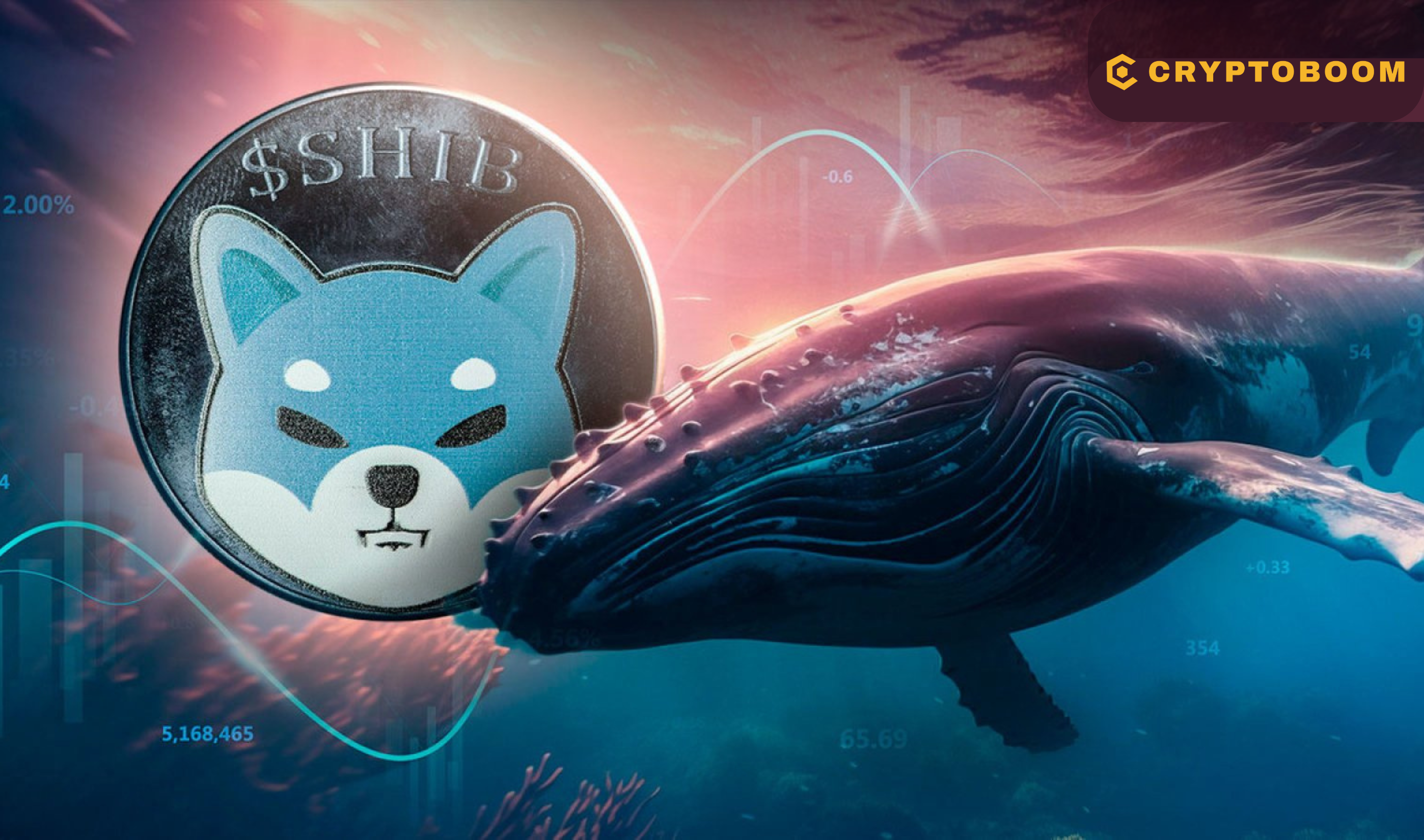What is Liquity USD (LUSD)?
Liquity USD (LUSD) is a USD-pegged stablecoin that operates within the Liquity protocol. It is designed to serve as a stable and reliable means of payment for loans on the Liquity platform. It is redeemable at any moment for face value using the underlying collateral. You must register a Trove account and deposit a specified quantity of Ethereum (ETH) as collateral before you may borrow money. The maximum collateral ratio you can have is 110%.
The stablecoin is pegged to the US dollar, meaning its value remains relatively constant at a 1:1 ratio with the USD. This stability ensures that borrowers and lenders can transact with confidence, without worrying about significant fluctuations in value. Ether collateral is used to safeguard the Liquity protocol. Borrowers serve as guarantors for any outstanding debt, and Liquity has established a Stability Pool with LUSD to back the loans. Total value locked (TVL) on the protocol is above $642 million as of this writing.
Who Are the Founders of Liquity USD?
The founder and Director of Research at Liquity is Robert Lauko. His previous work included studying algorithms, network monitoring, and scalability problems. The Lead Engineer and co-founder of Liquity is Rick Pardoe. He has degrees in both economics and physics. The CEO of Liquity at the moment is Michael Svoboda. He possesses degrees in computer science and economics and has previously served as CEO and COO at many blockchain firms.
The founders of Liquity USD are a team of blockchain and financial technology enthusiasts who developed the Liquity protocol. The team’s primary focus has been on creating a decentralized and reliable stablecoin and lending solution that benefits the broader crypto community.
What Makes Liquity USD Unique?
The governance and borrowing system of Liquity USD set it apart from other stablecoins. The protocol is run by a decentralized autonomous organization (DAO), which allows token holders to vote on crucial choices that affect the platform’s future. This decentralized governance empowers the community and guarantees that decisions are made transparently.
Furthermore, Liquity uses a one-of-a-kind collateralization mechanism for its loans. Liquity employs a “Trove” method rather than over-collateralized loans, as is prevalent in other DeFi systems. This technology enables users to collateralize their assets at a reduced collateral ratio, making borrowers more capital-efficient.
How Many LUSD is in Circulation?
The circulating supply of LUSD can fluctuate depending on the Liquity platform’s demand for the stablecoin. LUSD’s supply is dynamically modified to maintain its 1:1 peg with the USD since it is minted when users borrow from the protocol and burnt when loans are returned. The current circulating supply of LUSD is 92,482,286 at the time of writing.
LUSD price Predictions by year 3035
Price predictions table: 2024-2035
| Year | Max Price | Avg Price | Min Price | Detailed Prediction |
|---|---|---|---|---|
| 2024 | $1.5 | $1 | $0.999 | In 2024, Iiquity USD (LUSD) may experience relatively stable prices. Factors influencing this could include market sentiment towards stablecoins, demand for decentralized finance (DeFi) platforms, and regulatory developments affecting the cryptocurrency market. As a stablecoin pegged to the value of the US dollar, LUSD’s price is expected to hover around its peg, with minor fluctuations influenced by market dynamics. |
| 2025 | $2 | $1.8 | $1.2 | By 2025, Iiquity USD (LUSD) could see a moderate increase in price. Continued adoption of stablecoins within the DeFi ecosystem, advancements in the Iiquity protocol, and positive sentiment towards stable digital assets may contribute to price growth. Additionally, partnerships with DeFi platforms, exchanges, or traditional financial institutions could enhance LUSD’s utility and further support its price appreciation. However, regulatory changes and competition from other stablecoins remain potential factors influencing LUSD’s price trajectory. |
| 2030 | $4 | $3.5 | $3 | In 2030, Iiquity USD (LUSD) may have established itself as a reliable and widely-used stablecoin within the cryptocurrency market. Factors such as increasing adoption of DeFi platforms, integration with various blockchain applications, and improvements in the stability and security of the Iiquity protocol could drive the price higher. Strategic partnerships with financial institutions or government agencies may also contribute to LUSD’s value proposition. Nevertheless, market dynamics and regulatory factors will continue to influence price movements. |
| 2035 | $7 | $5 | $4.6 | By 2035, Iiquity USD (LUSD) could potentially see further price appreciation. Continued innovation in the stablecoin space, growing acceptance of digital assets in mainstream finance, and the establishment of LUSD as a trusted store of value may drive the price upwards. Strategic partnerships with global financial institutions and regulatory compliance could further solidify LUSD’s position. However, market sentiment, regulatory changes, and technological advancements in competing stablecoins will continue to impact LUSD’s price dynamics. |
How is the Liquity USD Network Secure?
Several precautions are in place to protect the security of the Liquity USD network. The protocol is built on Ethereum, which benefits from the Ethereum blockchain’s security and immutability. Furthermore, the decentralized governance approach precludes any single party from having undue power over the network, improving security and lowering the danger of manipulation. It is also protected by the Proof-of-Stake (PoS) consensus process. Validators stake 32 ETH to participate in consensus and transaction validation.
How Can Crypto Investors Use Liquity USD (LUSD)?
Liquity USD (LUSD) can be used in a variety of ways by cryptocurrency investors. Borrowers can generate LUSD by collateralizing their assets on the Liquity platform. The borrowed LUSD can subsequently be utilized for a variety of purposes, including making purchases, funding projects, and exploiting arbitrage possibilities.
Investors searching for stablecoin choices, on the other hand, can utilize LUSD as a reliable store of value or as a means of moving funds across different DeFi platforms. It offers a steady and secure alternative to other cryptocurrencies with volatile prices.
Read more: https://cryptoboom.com/safepal-sfp-price-prediction-2024-2025-2030-2035-2040-is-sfp-worth-holding/
Where to Buy LUSD?
For those interested in joining LUSD revolution, here’s a step-by-step guide:
1. Choose an Exchange: Popular exchanges like Binance continuing your LUSD (LUSD) Price Prediction and Investment Guide:
2. Set Up an Account: Complete the exchange’s registration process, providing the necessary information and complying with verification requirements.
3. Deposit Funds: Choose your preferred deposit method, such as bank transfer, credit card, or another cryptocurrency, and add funds to your exchange account.
4. Purchase LUSD: Navigate to the LUSD trading page and place a buy order, specifying the amount you wish to purchase at the desired price.
Read more: https://cryptoboom.com/radix-xrd-price-prediction-2024-2025-2030-2035-is-it-worth-holding/
FAQs
- What assets can be used as collateral to mint LUSD on the Liquity platform?
Liquity accepts various assets as collateral, including ETH (Ethereum), wBTC (Wrapped Bitcoin), and other approved tokens. Users can check the platform’s documentation for the most up-to-date list of supported assets.
- Is there a minimum or maximum borrowing limit for LUSD on Liquity?
Yes, there are minimum and maximum borrowing limits to ensure the stability and security of the protocol. The specific limits may vary based on the collateral used and the borrower’s risk profile.
- Is there a time limit for repaying LUSD loans on the Liquity platform?
Liquity loans do not have a fixed repayment period. Borrowers can repay the borrowed LUSD and unlock their collateral whenever they choose to do so. However, they should maintain a healthy collateralization ratio to avoid liquidation.
Conclusion
Ultimately, the decision of whether or not to invest in LUSD is a personal one. Weigh the risks and potential rewards carefully, and be sure to conduct your own research before making any investment decisions. Remember, this article is not financial advice, and you should always consult with a qualified financial advisor before investing in any cryptocurrency.












